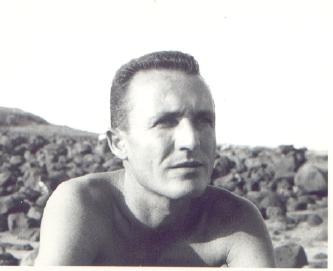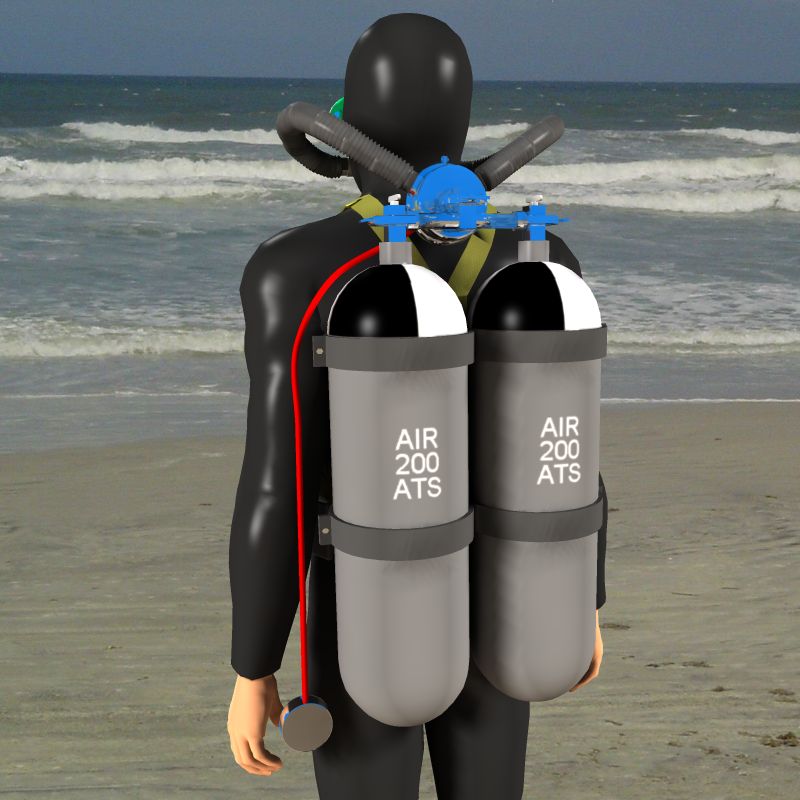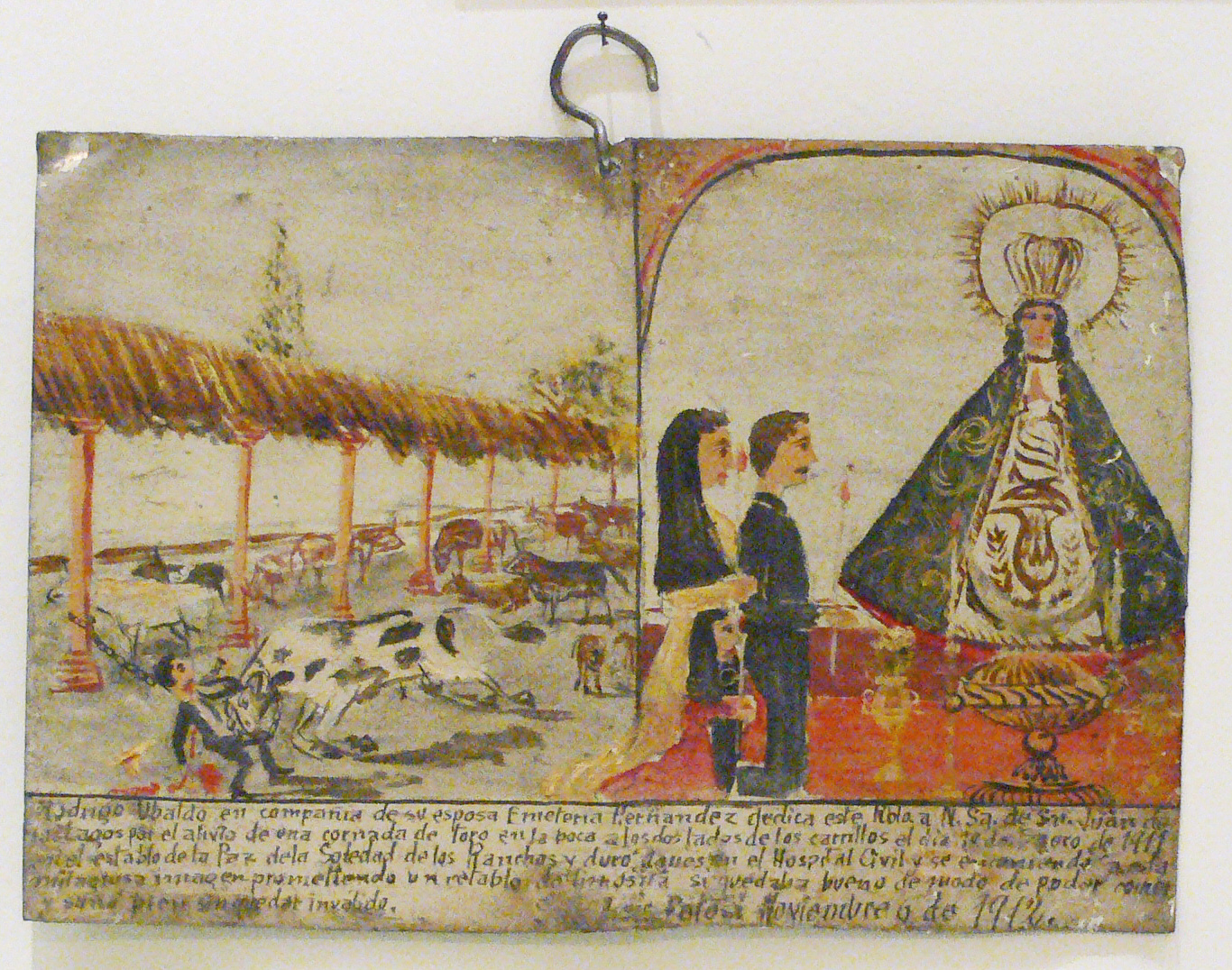|
Sanary-sur-Mer
Sanary-sur-Mer (, literally ''Sanary on Sea''; oc, Sant Nari), popularly known as Sanary, is a commune in the Var department in the Provence-Alpes-Côte d'Azur region, Southeastern France. In 2018, it had a population of 16,696. Sanary-sur-Mer is located in coastal Provence on the Mediterranean Sea, west of Toulon and southeast of Marseille. It can be reached from Paris by TGV in less than four hours. In high season there are direct flights to nearby Toulon–Hyères Airport from London, Oslo, Brussels and Rotterdam. History The seafront location was part of the commune of Ollioules. In the 16th century the seigneur established a fishing village here, clustered around the medieval watchtower, under the protection of "'' Sanct Nazari''" of Lérins Abbey. The port was constructed and the harbour deepened in the mid-16th century. The little fishing port known in the Provençal dialect of Occitan (or in Provençal if considered as a distinct language) as ''Sant Nazari'', later ... [...More Info...] [...Related Items...] OR: [Wikipedia] [Google] [Baidu] |
Communauté D'agglomération Sud Sainte Baume
Communauté d'agglomération Sud Sainte Baume is a ''communauté d'agglomération'', an intercommunal structure, in the Var department, in the Provence-Alpes-Côte d'Azur region, southeastern France. Its name refers to the Sainte-Baume mountain ridge. Created in 2002, its seat is in La Cadière-d'Azur.CA Sud Sainte Baume (N° SIREN : 248300394) BANATIC. Retrieved 7 November 2022. Its area is 355.6 km2. Its population was 61,460 in 2019.Comparateur de territoire [...More Info...] [...Related Items...] OR: [Wikipedia] [Google] [Baidu] |
Ernest Blanc
Ernest Blanc (November 1, 1923 – December 22, 2010) was a French opera singer, one of the leading baritones of his era in France. Born in Sanary-sur-Mer, Ernest Blanc studied at the Music Conservatory of Toulon with Sabran, from 1946 to 1949. He made his debut in Marseille, as Tonio, in 1950. He then sang throughout France in the French and Italian repertories. In 1954, he made his debut at the Palais Garnier in Paris, as Rigoletto, he sang there as first baritone for 25 years in a wide repertoire ( Rameau, Mozart, Gounod, Bizet, Massenet, Verdi, Puccini, etc.). He also appeared often at the Opéra-Comique, and was a regular guest at the Aix-en-Provence Festival. His career took an international turn in 1958, with debut at the Bayreuth Festival, followed by debuts at La Scala in Milan, the Royal Opera House in London, the Glyndebourne Festival, the Vienna State Opera, the Salzburg Festival, La Monnaie in Brussels, the Grand Théâtre de Genève, the Monte Carlo Opera, t ... [...More Info...] [...Related Items...] OR: [Wikipedia] [Google] [Baidu] |
Frédéric Dumas
Frédéric Dumas (14 January 1913 – 26 July 1991) was a French writer. He was part of a team of three, with Jacques-Yves Cousteau and Philippe Tailliez, who had a passion for diving, and developed the diving regulator with the aid of the engineer Émile Gagnan. Dumas participated with Cousteau in the discovery of deep sea reliefs and flora and fauna of deep sea life and in bringing it to the attention of the general public. Biography Frédéric Dumas was born on 14 January 1913 in Albi. A pioneer of underwater fishing on the French Riviera, he met Jacques-Yves Cousteau and Philippe Tailliez in 1937 and his exploits served as a subject in the first Cousteau film "Par dix-huit mètres de fond" ("Eighteen meters deep"), made in 1942. Cousteau again chose him as an "actor" when he made his second film, "Epaves" ("Wrecks") in 1943, the first film featuring the new Cousteau-Gagnan aqua-lung. Dumas was a dive leader aboard the RV ''Calypso'', and co-author or actor in many films ... [...More Info...] [...Related Items...] OR: [Wikipedia] [Google] [Baidu] |
Communes Of France
The () is a level of administrative division in the French Republic. French are analogous to civil townships and incorporated municipalities in the United States and Canada, ' in Germany, ' in Italy, or ' in Spain. The United Kingdom's equivalent are civil parishes, although some areas, particularly urban areas, are unparished. are based on historical geographic communities or villages and are vested with significant powers to manage the populations and land of the geographic area covered. The are the fourth-level administrative divisions of France. vary widely in size and area, from large sprawling cities with millions of inhabitants like Paris, to small hamlets with only a handful of inhabitants. typically are based on pre-existing villages and facilitate local governance. All have names, but not all named geographic areas or groups of people residing together are ( or ), the difference residing in the lack of administrative powers. Except for the municipal arr ... [...More Info...] [...Related Items...] OR: [Wikipedia] [Google] [Baidu] |
Aqua-lung
Aqua-Lung was the first open-circuit, self-contained underwater breathing apparatus (or "scuba") to achieve worldwide popularity and commercial success. This class of equipment is now commonly referred to as a twin-hose diving regulator, or demand valve. The Aqua-Lung was invented in France during the winter of 1942–1943 by two Frenchmen: the engineer Émile Gagnan and the Naval Lieutenant (French: "lieutenant de vaisseau") Jacques Cousteau. It allowed Cousteau and Gagnan to film and explore underwater more easily. The invention revolutionised autonomous underwater diving by providing a compact, reliable system capable of a greater depth range and endurance than its precursors, and was a major factor influencing the development of recreational scuba diving after WWII. The twin-hose Aqua-Lung demand regulator is the foundation of all modern scuba regulators. A diaphragm is used to control a valve to deliver the breathing gas to the diver on demand, at ambient water pressure. ... [...More Info...] [...Related Items...] OR: [Wikipedia] [Google] [Baidu] |
Romanesque Architecture
Romanesque architecture is an architectural style of medieval Europe characterized by semi-circular arches. There is no consensus for the beginning date of the Romanesque style, with proposals ranging from the 6th to the 11th century, this later date being the most commonly held. In the 12th century it developed into the Gothic style, marked by pointed arches. Examples of Romanesque architecture can be found across the continent, making it the first pan-European architectural style since Imperial Roman architecture. The Romanesque style in England and Sicily is traditionally referred to as Norman architecture. Combining features of ancient Roman and Byzantine buildings and other local traditions, Romanesque architecture is known by its massive quality, thick walls, round arches, sturdy pillars, barrel vaults, large towers and decorative arcading. Each building has clearly defined forms, frequently of very regular, symmetrical plan; the overall appearance is one of simpli ... [...More Info...] [...Related Items...] OR: [Wikipedia] [Google] [Baidu] |
Deep Sea Diving
Underwater diving, as a human activity, is the practice of descending below the water's surface to interact with the environment. It is also often referred to as diving, an ambiguous term with several possible meanings, depending on context. Immersion in water and exposure to high ambient pressure have physiological effects that limit the depths and duration possible in ambient pressure diving. Humans are not physiologically and anatomically well-adapted to the environmental conditions of diving, and various equipment has been developed to extend the depth and duration of human dives, and allow different types of work to be done. In ambient pressure diving, the diver is directly exposed to the pressure of the surrounding water. The ambient pressure diver may dive on breath-hold (freediving) or use breathing apparatus for scuba diving or surface-supplied diving, and the saturation diving technique reduces the risk of decompression sickness (DCS) after long-duration deep div ... [...More Info...] [...Related Items...] OR: [Wikipedia] [Google] [Baidu] |
Jacques Cousteau
Jacques-Yves Cousteau, (, also , ; 11 June 191025 June 1997) was a French naval officer, oceanographer, filmmaker and author. He co-invented the first successful Aqua-Lung, open-circuit SCUBA (self-contained underwater breathing apparatus). The apparatus assisted him in producing some of the first underwater documentaries. Cousteau wrote many books describing his undersea explorations. In his first book, '' The Silent World: A Story of Undersea Discovery and Adventure'', Cousteau surmised the existence of the echolocation abilities of porpoises. The book was adapted into an underwater documentary called '' The Silent World''. Co-directed by Cousteau and Louis Malle, it was one of the first films to use underwater cinematography to document the ocean depths in color. The film won the 1956 Palme d'Or at the Cannes Film Festival and remained the only documentary to do so until 2004, when ''Fahrenheit 9/11'' received the award. It was also awarded the Academy Award for Best Doc ... [...More Info...] [...Related Items...] OR: [Wikipedia] [Google] [Baidu] |
Gothic Revival Architecture
Gothic Revival (also referred to as Victorian Gothic, neo-Gothic, or Gothick) is an architectural movement that began in the late 1740s in England. The movement gained momentum and expanded in the first half of the 19th century, as increasingly serious and learned admirers of the neo-Gothic styles sought to revive medieval Gothic architecture, intending to complement or even supersede the neoclassical styles prevalent at the time. Gothic Revival draws upon features of medieval examples, including decorative patterns, finials, lancet windows, and hood moulds. By the middle of the 19th century, Gothic had become the preeminent architectural style in the Western world, only to fall out of fashion in the 1880s and early 1890s. The Gothic Revival movement's roots are intertwined with philosophical movements associated with Catholicism and a re-awakening of high church or Anglo-Catholic belief concerned by the growth of religious nonconformism. Ultimately, the " Anglo-Catholicis ... [...More Info...] [...Related Items...] OR: [Wikipedia] [Google] [Baidu] |
Ex-voto
An ex-voto is a votive offering to a saint or to a divinity; the term is usually restricted to Christian examples. It is given in fulfillment of a vow (hence the Latin term, short for ''ex voto suscepto'', "from the vow made") or in gratitude or devotion. Definition Ex-votos are placed in a church or chapel where the worshiper seeks grace or wishes to give thanks. The destinations of pilgrimages often include shrines decorated with ex-votos. Ex-votos can take a wide variety of forms. They are not only intended for the helping figure, but also as a testimony to later visitors of the received help. As such they may include texts explaining a miracle attributed to the helper, or symbols such as a painted or modeled reproduction of a miraculously healed body part, or a directly related item such as a crutch given by a person formerly lame. There are places where a very old tradition of depositing ex-votos existed, such as Abydos in ancient Egypt. Ex-voto paintings Especially in ... [...More Info...] [...Related Items...] OR: [Wikipedia] [Google] [Baidu] |
Rhône
The Rhône ( , ; wae, Rotten ; frp, Rôno ; oc, Ròse ) is a major river in France and Switzerland, rising in the Alps and flowing west and south through Lake Geneva and southeastern France before discharging into the Mediterranean Sea. At Arles, near its mouth, the river divides into the Great Rhône (french: le Grand Rhône, links=no) and the Little Rhône (). The resulting delta forms the Camargue region. The river's source is the Rhône Glacier, at the east edge of the Swiss canton of Valais. The glacier is part of the Saint-Gotthard Massif, which gives rise to three other major rivers: the Reuss, Rhine and Ticino. The Rhône is, with the Po and Nile, one of the three Mediterranean rivers with the largest water discharge. Etymology The name ''Rhône'' continues the Latin name (Greek ) in Greco-Roman geography. The Gaulish name of the river was or (from a PIE root *''ret-'' "to run, roll" frequently found in river names). Names in other languages include german ... [...More Info...] [...Related Items...] OR: [Wikipedia] [Google] [Baidu] |






.jpg)